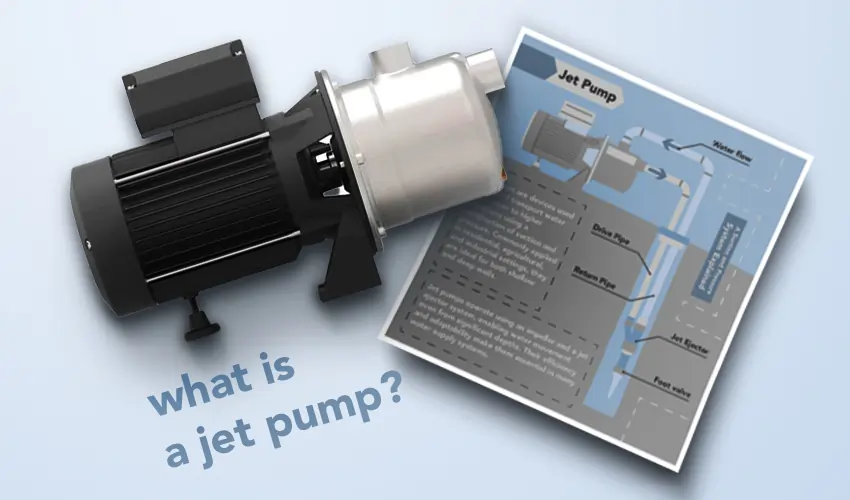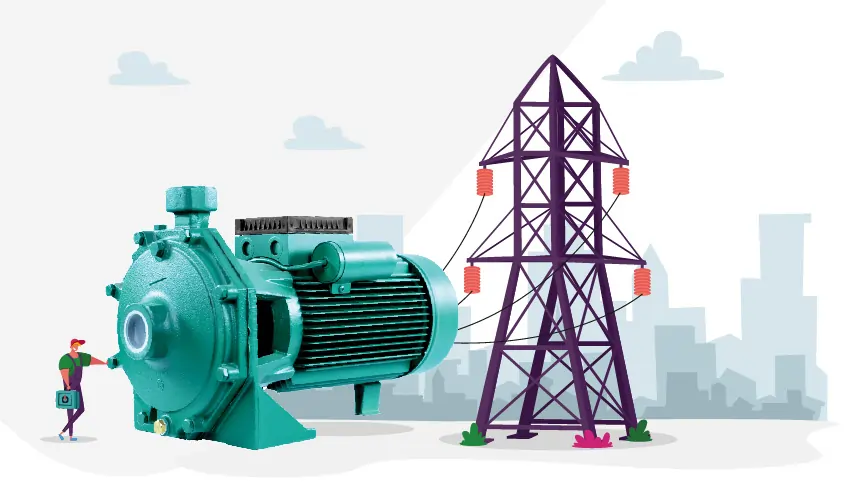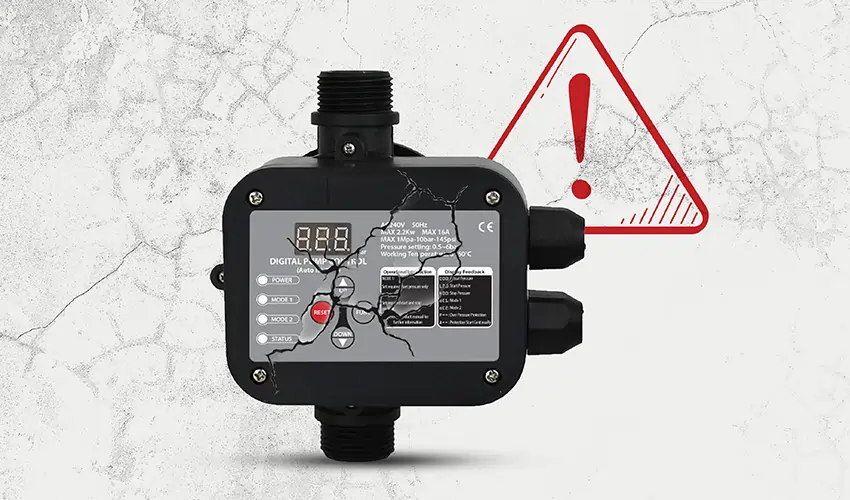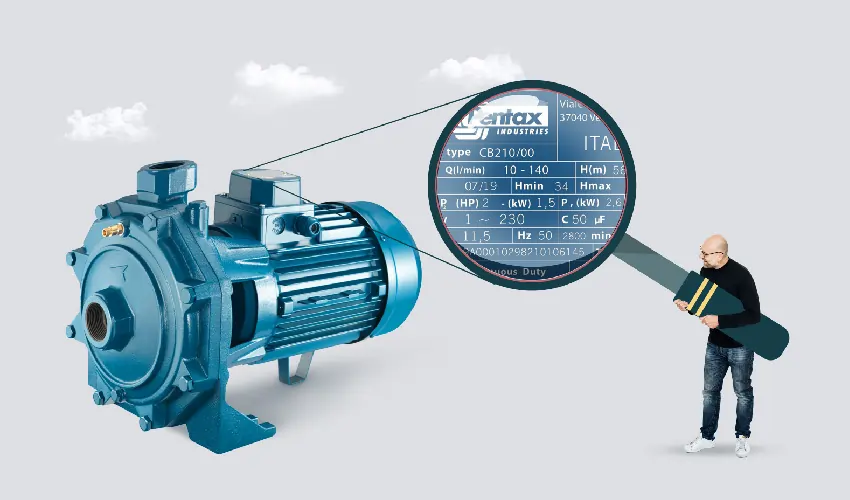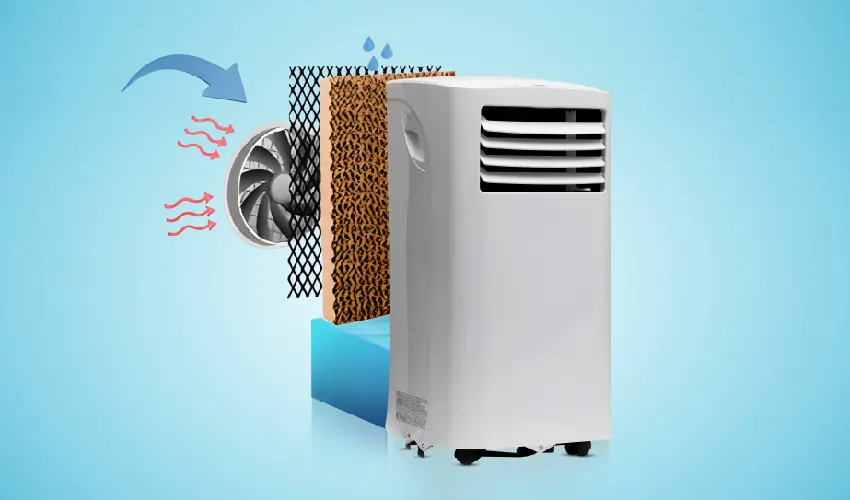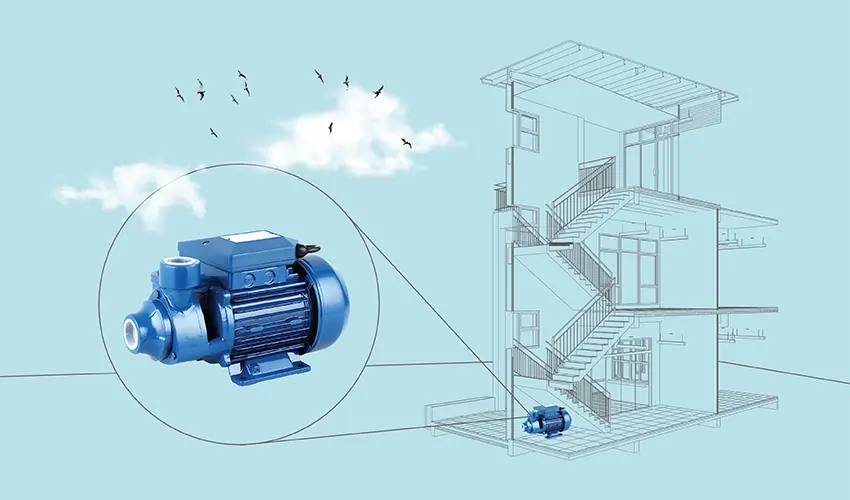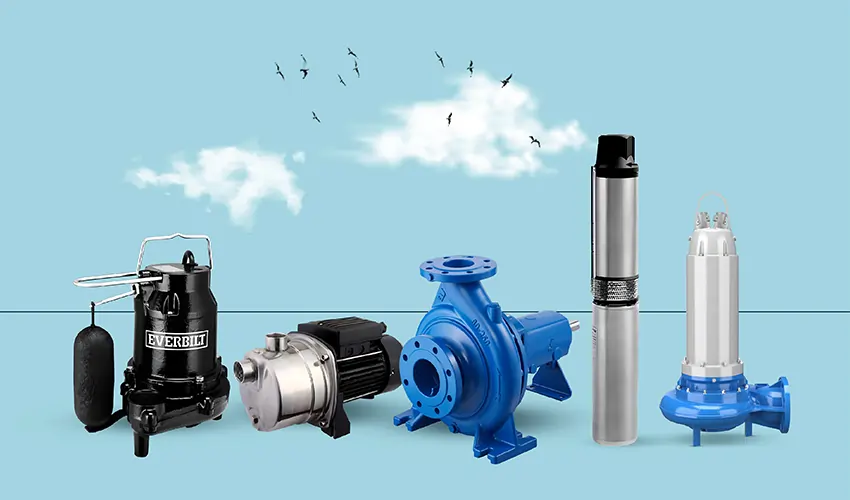What Is a Gasoline Portable Generator?
A gasoline generator is a compact and mobile power source that transforms the energy produced by burning gasoline in an internal combustion engine into electricity. Their safe and proper use is crucial, requiring adherence to recommended guidelines for operation and maintenance.
What Is the Definition of Gasoline Portable Generator?
A gasoline generator is a device that converts mechanical energy into electrical energy using an internal combustion engine fueled by gasoline (petrol). The generator typically consists of an engine that burns gasoline to produce rotational motion, and this motion is used to turn a generator that produces electrical power.
Gasoline generators are commonly used as portable power sources in situations where a stable electrical supply is not available, such as during power outages or in remote locations. They are versatile and can power a variety of electrical devices and appliances. Gasoline generators are known for their convenience and ease of use, but they may produce noise and exhaust emissions during operation.
Common Applications for Gasoline Portable Generators
Gasoline generators find applications in various situations where a portable and reliable source of electrical power is needed. Some common applications include:
1. Emergency Power Backup:
- During power outages caused by storms, natural disasters, or other emergencies, gasoline generators can provide temporary backup power to keep essential appliances and equipment running.
2. Construction Sites:
- Construction sites often lack a permanent power source. Gasoline generators are used to power tools, lighting, and other equipment needed for construction activities.
3. Camping and Outdoor Activities:
- Portable gasoline generators are popular for camping trips, outdoor events, and recreational activities. They can power lights, cooking appliances, electronic devices, and other camping gear.
4.Recreational Vehicles (RVs):
- RVs and motorhomes often use gasoline portable generators to provide electrical power for appliances, air conditioning, and other amenities when camping in locations without external power hookups.
5. Mobile Food Vendors:
- Food trucks and mobile food vendors may use gasoline generators to power cooking equipment, refrigerators, and other electrical appliances while operating in locations without access to electrical outlets.
6.Tailgating:
- Tailgaters at sporting events or outdoor gatherings often use gasoline generators to power entertainment systems, grills, and other equipment.
7. Remote Work Sites:
- In remote or off-grid work locations, such as research sites, temporary offices, or field studies, gasoline generators can provide the necessary power for electronic equipment and tools.
8.Home and DIY Projects:
- When working on DIY projects or home improvements in areas without easy access to electrical outlets, a gasoline generator can be used to power tools and equipment.
9. Events and Entertainment:
- Outdoor events, concerts, and festivals may rely on gasoline generators to supply power for stage lighting, sound systems, and other event infrastructure.
10. Boating and Marine Applications:
- Gasoline generators are used on boats and other marine vessels to provide electrical power for lighting, navigation equipment, and various appliances.
The Step-By-Step Process of Electricity Generation in a Gasoline Portable Generator
The process of electricity generation in a gasoline generator involves several steps. Here is a step-by-step explanation:
1. Fuel Combustion:
- The process begins with the introduction of gasoline (petrol) into the internal combustion engine of the generator. The generator’s engine mixes the gasoline with air in the presence of a spark from the spark plug, leading to combustion.
2. Combustion and Piston Movement:
- The combustion of the gasoline-air mixture inside the engine’s cylinder generates high-pressure gases. This pressure forces the piston within the cylinder to move downward.
3. Crankshaft Rotation:
- The downward movement of the piston is converted into rotational motion by the crankshaft connected to the piston. The crankshaft is a mechanical component that translates the reciprocating motion of the piston into rotary motion.
5.Mechanical Energy Generation:
- As the crankshaft rotates, it generates mechanical energy. This mechanical energy is a result of the continuous and controlled explosions (combustion) happening in the engine’s cylinders.
6.Generator Shaft Connection:
- The crankshaft is connected to the rotor of an electrical generator. This connection allows the rotational energy generated by the engine to be transferred to the generator.
7.Electromagnetic Induction:
- Within the generator, electromagnetic induction takes place. As the rotor spins, it creates a changing magnetic field. This changing magnetic field induces an electric current in the stator coils surrounding the rotor.
8.AC (Alternating Current) Generation:
- The induced electric current in the stator coils is in the form of alternating current (AC). AC is characterized by the periodic reversal of the direction of electric current.
9.Voltage Regulation:
- The generator may have a voltage regulator to ensure that the generated voltage is maintained within a specified range. This is important for providing stable and consistent electrical power.
10.Output Terminals:
- The generator has output terminals where electrical devices can be connected. The generated electricity is then available for use by appliances, tools, or any other electrical equipment connected to these terminals.
11.Load Application:
- When electrical devices are connected to the generator, they create a load. The generator must be appropriately sized to handle the electrical load, and the engine adjusts its speed to match the load demand.
12.Exhaust Emission:
- As part of the combustion process, exhaust gases are produced. The generator is equipped with an exhaust system to expel these gases safely into the environment.
13.Cooling System:
- Generators often have a cooling system, such as a fan or a liquid cooling system, to manage the heat generated during the combustion process and to prevent overheating.
Safety Tips for Using a Gasoline Portable Generator
Using a gasoline generator requires careful attention to safety to prevent accidents, injuries, and damage. Here are some safety tips for using a gasoline generator:
1. Read the User Manual:
- Before operating the generator, thoroughly read and understand the manufacturer’s user manual. It provides important information on safety precautions, operation, and maintenance.
2. Outdoor Use Only:
- Use the generator outdoors in a well-ventilated area to prevent the buildup of toxic exhaust fumes. Never operate a gasoline generator in an enclosed space, such as inside a garage or basement, to avoid carbon monoxide poisoning.
3. Proper Grounding:
- Ensure that the generator is properly grounded according to the manufacturer’s instructions. This helps prevent electrical shock and ensures the safe operation of the equipment.
4. Fuel Handling:
- Store gasoline in approved containers in a cool, well-ventilated area, away from open flames and electrical equipment. Never add fuel to a running or hot generator. Allow the generator to cool before refueling.
5. Fire Safety:
- Keep the generator away from flammable materials, and never smoke near the generator. Use a fire extinguisher nearby and know how to operate it in case of a fire.
6. Carbon Monoxide (CO) Monitoring:
- Install battery-operated carbon monoxide detectors in the vicinity where the generator is used. Carbon monoxide is a colorless, odorless gas produced during combustion and can be deadly.
7. Generator Placement:
- Place the generator on a level surface to prevent fuel spills and ensure proper ventilation. Maintain adequate clearance around the generator to allow for proper airflow and cooling.
8. Electrical Cord Safety:
- Use only heavy-duty, outdoor-rated extension cords to connect appliances to the generator. Make sure the cords are in good condition, and avoid overloading them.
9. Generator Size:
- Choose a generator size that meets your power needs without exceeding its capacity. Overloading a generator can lead to equipment damage and pose safety risks.
10. Turn Off Before Refueling:
- Turn off the generator and let it cool down before refueling. Spilling fuel onto a hot engine or electrical components can result in a fire.
11. Maintenance Schedule:
- Follow the recommended maintenance schedule outlined in the user manual. Regularly check oil levels, fuel filters, and air filters. Perform maintenance tasks with the generator turned off.
12. Children and Pets:
- Keep children and pets away from the generator during operation. The generator’s exhaust and various components can become hot and pose burn risks.
13. Weather Considerations:
- Protect the generator from exposure to rain and snow. If conditions are wet, consider using a generator tent or cover designed for outdoor use.
14. Emergency Shutdown:
- Familiarize yourself with the emergency shutdown procedure in case of any issues or emergencies. This may include shutting off the fuel supply and turning off the generator.
In conclusion, a gasoline generator is a portable power generation device that converts mechanical energy from the combustion of gasoline in an internal combustion engine into electrical energy. These generators are commonly used in various applications, including emergency backup power, outdoor activities, construction sites, and remote locations where a stable electrical supply is not readily available. While providing versatility and convenience, users must adhere to safety guidelines to prevent accidents and ensure the proper operation of the generator.






